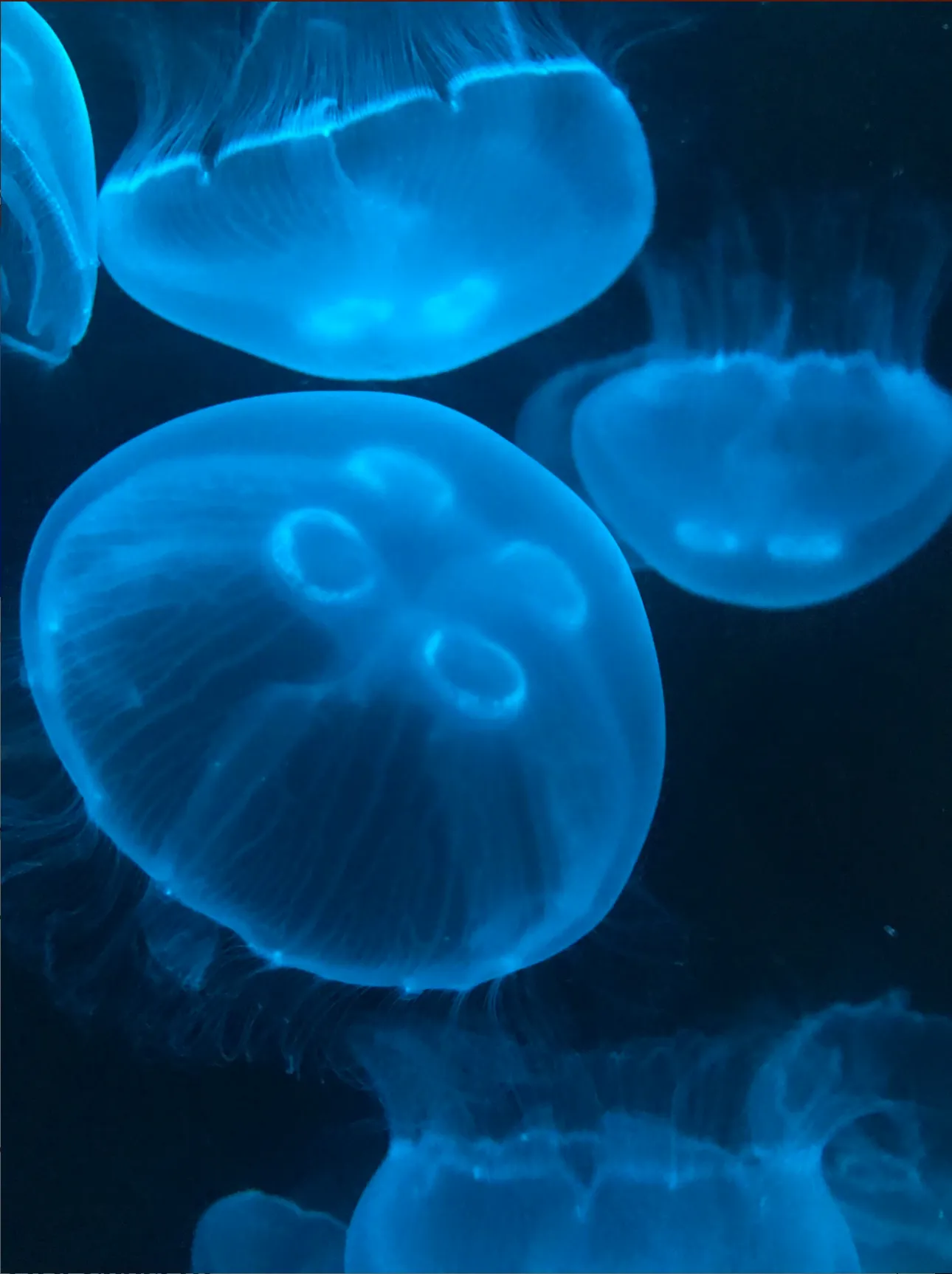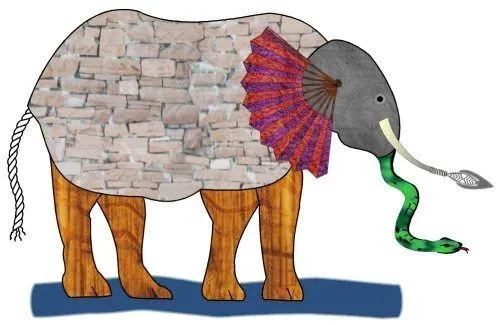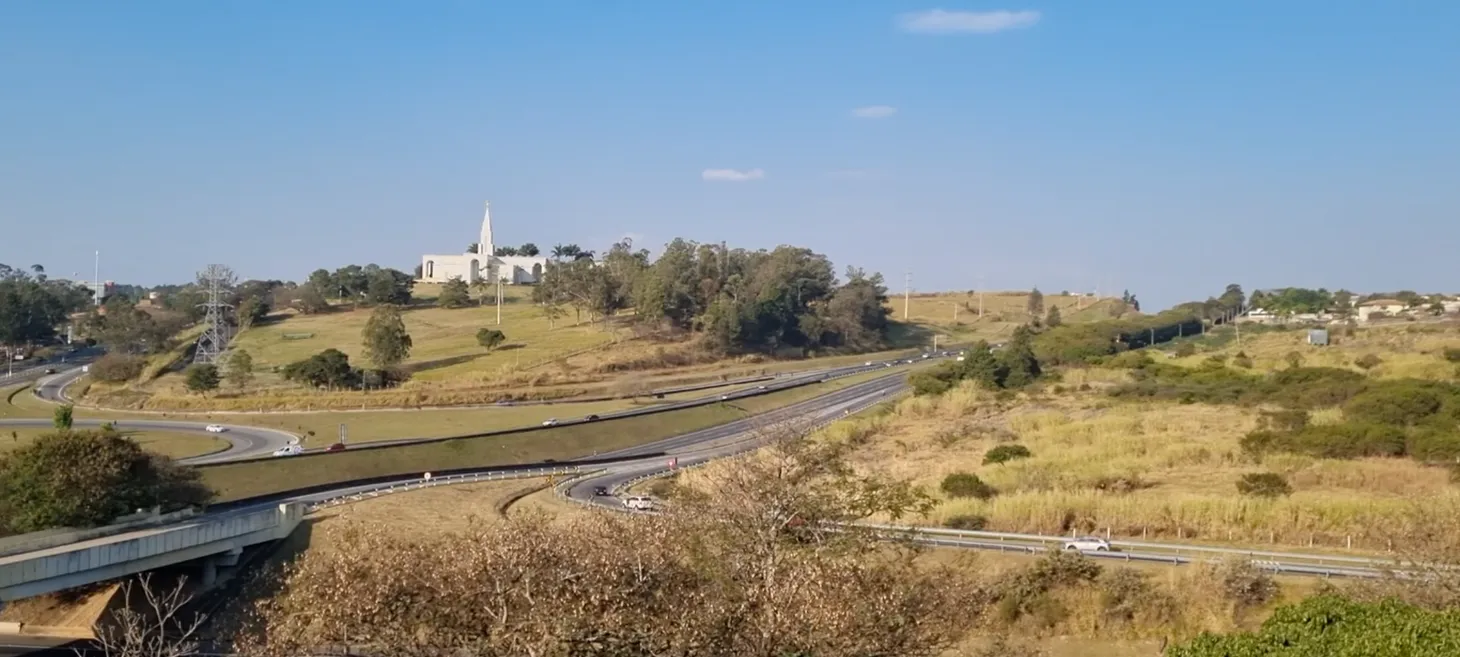What the Happiest Man In The World Sees
Nobody wakes up in the morning thinking: “May I suffer the whole day”. As the French philosopher, Pascal said, even the man who hangs himself is looking for a cessation of suffering.
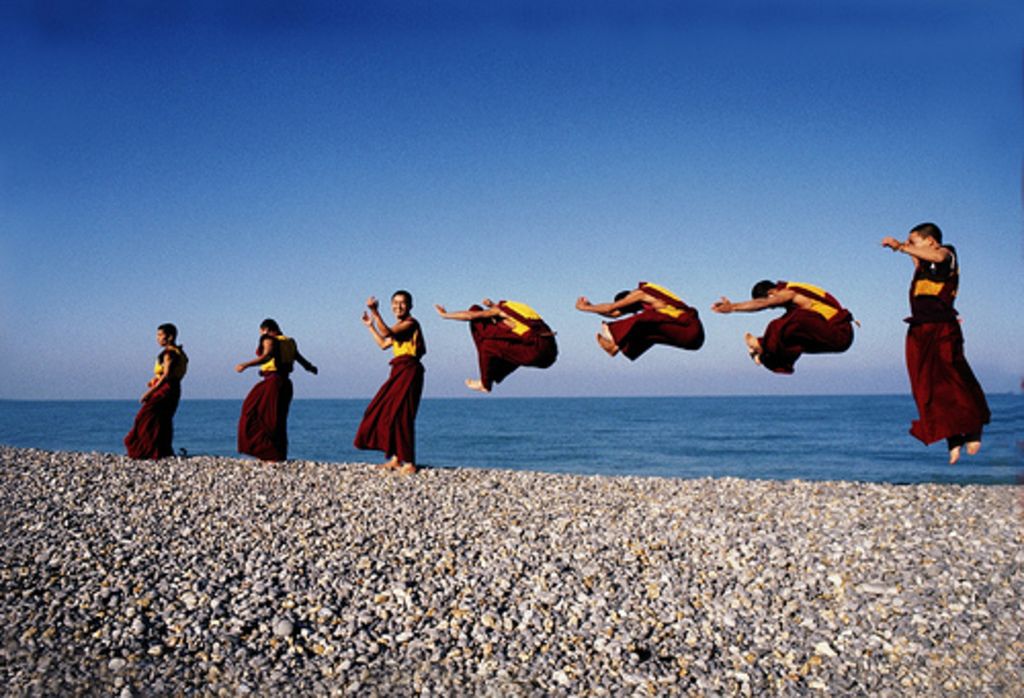
Meet Matthieu Ricard, a Buddhist monk, author, translator, humanitarian and photographer. He has lived and worked in the Himalayan region for the last forty-five years, and during this time he has extensively photographed the spiritual masters, landscapes and people of the Himalayas.
He has also picked up a rather grand title of being the happiest man in the world! A title I’ve seen him shrug off at a talk in London over 10 years ago, with a gigantic, hearty laugh. I’m guessing he’s only got happier since.
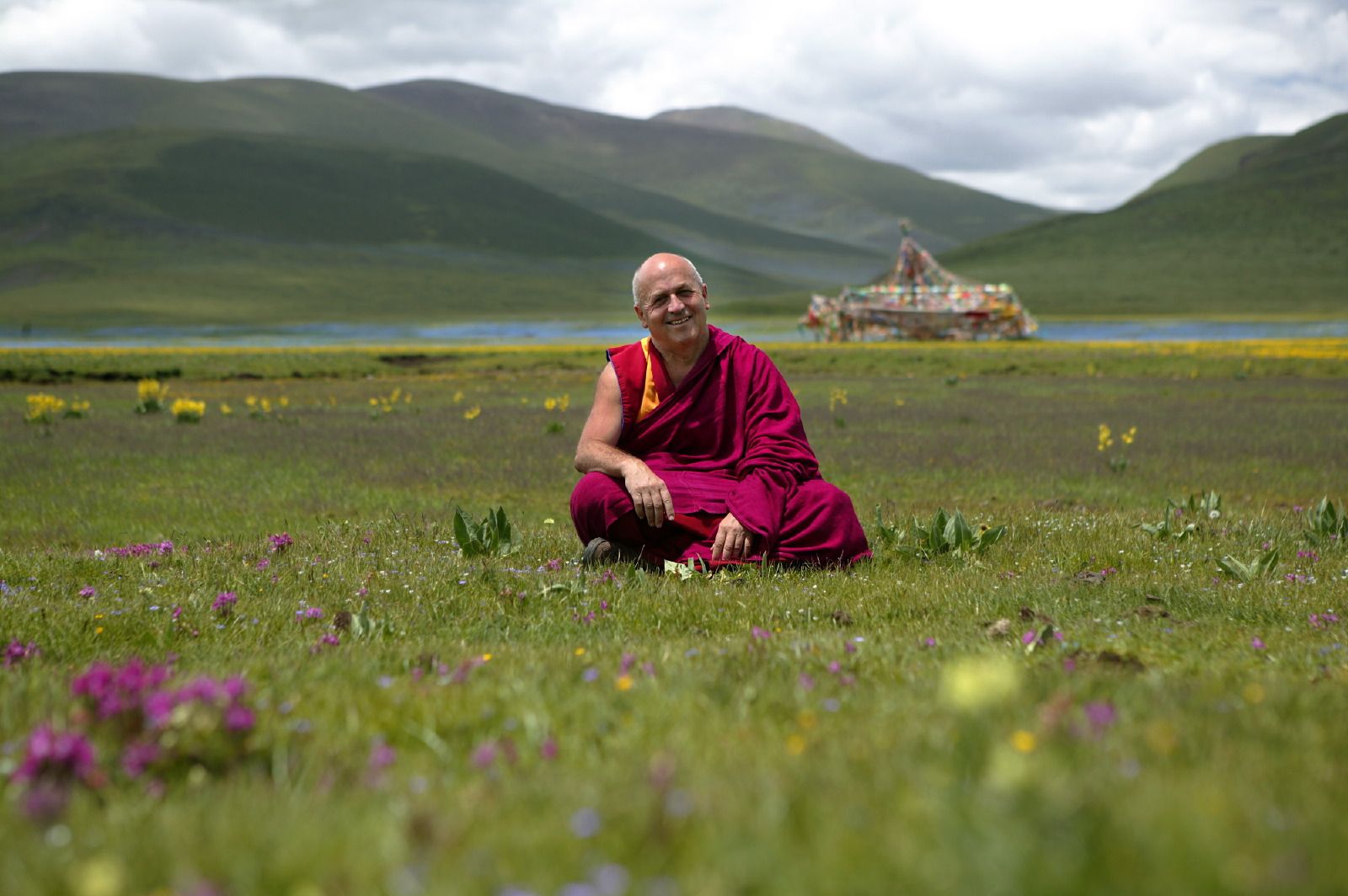
Matthieu believes that everyone is looking for happiness. Even those who appear to enjoy the ups and downs. Nobody wakes up in the morning thinking: “May I suffer the whole day”. As the French philosopher, Pascal said, even the man who hangs himself is looking for a cessation of suffering.
Logically, we all know that happiness is a result of the way our minds work, not our outer circumstances. We feel unhappy when our minds are tormented by negative emotions such as anger, arrogance, deception, and obsessive desire. But when we are free of those thoughts we relax into happiness.
The challenge is that our mental tendencies become habits; so much so that the repeated patterns become imprinted in the physical brain.
Until about thirty years ago, it was believed that the brain remains relatively fixed after we reach adulthood. It is now understood that the brain can actually change dramatically – it has a high degree of plasticity.
Matthieu is one of the people to thank for the recent growth in scientific evidence about how meditation works. If a person meditates regularly there are physical changes in the brain that make it easier to experience feelings such as love, kindness, joy, and peace. Even in difficult outer circumstances.
Matthieu describes meditation as “mind training”. In his TED talk, he says that it is based on the idea that two opposite mental factors cannot happen at the same time. You cannot find something beautiful at the same time as finding it ugly. You cannot love a person and hate them at the same time. We can move quickly between these emotions, but cannot be with both simultaneously.

According to Buddhist teachings, our most desirable states such as love and kindness are in fact part of our most natural state of being. This is known as our ‘buddha-nature’. Similarly in other wisdom traditions, such as Jainism, this intrinsic state of goodness is known as ‘self-nature’ or ‘own being’.
Happiness, from this perspective, is simply being who we are when the mind is not misconstrued by negative thoughts. Qualities such as love and kindness reflect the true essence of human beings.
When Matthieu is taking photographs, he describes it as connecting with this natural state of human beings. His photography is a “hymn to beauty.”
Through photography, I want to inspire hope and reveal the beauty of human nature.”
— Matthieu Ricard
He explains that when we connect with the outer beauty of the world, it leads us to the inner beauty of spiritual awakening. It is within this inner beauty of awakening that the boundless qualities of love are naturally found, just as the warmth and light of rays naturally accompany the sun.
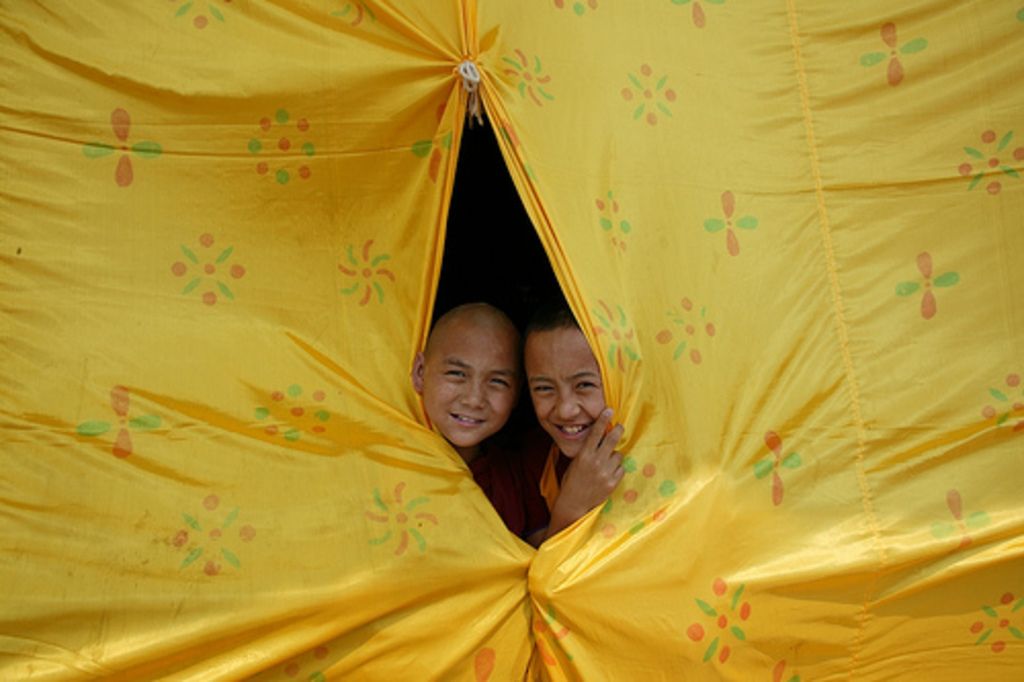

Just as in many spiritual traditions, Buddhism has a tradition of hermitage. In one of Matthieu’s year-long retreats, he lived in a simple hut in the foothills of the Himalayas, near Kathmandu.
During this time he took one or two photographs per week, gifting us a glimpse into his rare life of solitude and meditation. Standing in the terrace outside his hut, we can imagine him observing the grand harmony of nature.
His “motionless journey” was an immersion in light. In silence he watched the light of the sun, moon and stars transforming the valley and mountains at dawn, at dusk, in the evening, and at night.
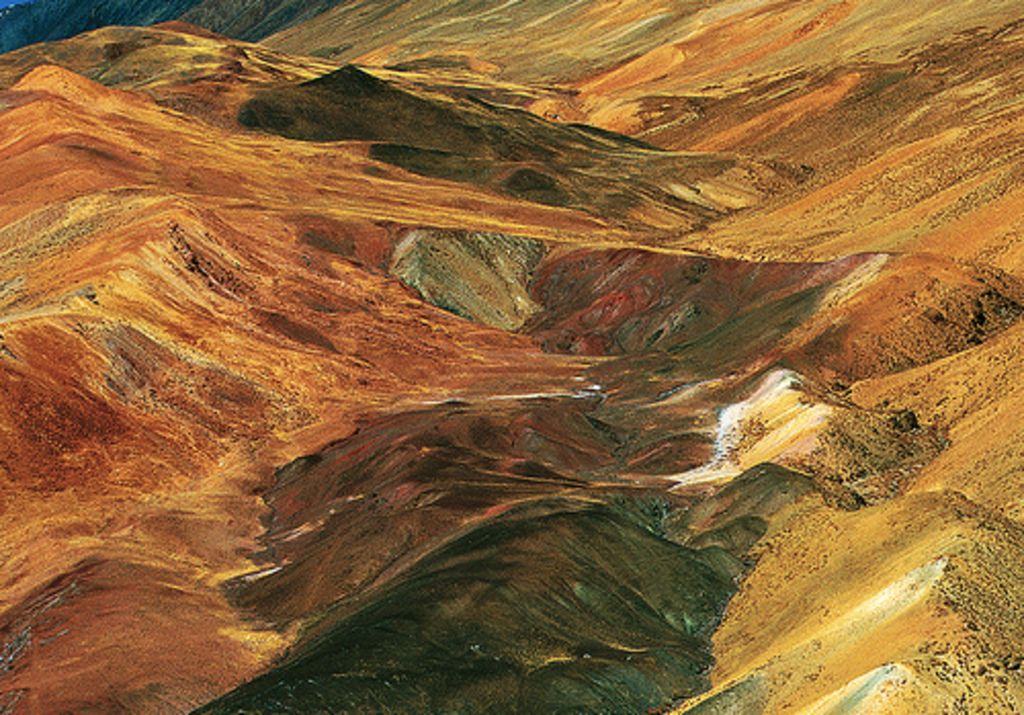
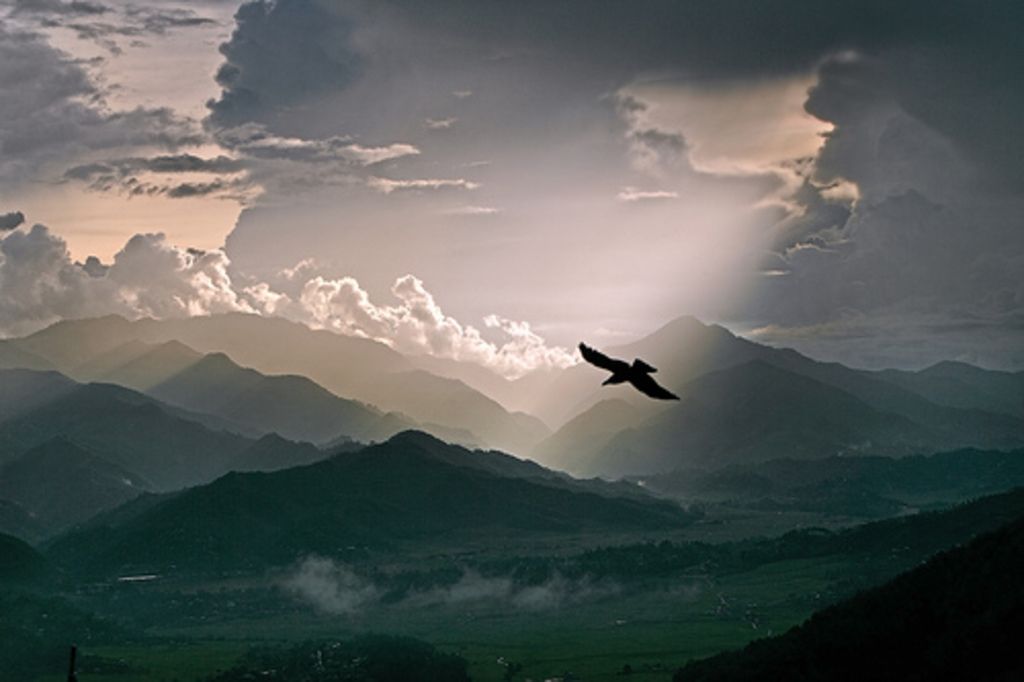

The resulting photographs are sublime. At once arousing and arresting. Magnificent and humble. The trees, birds, stones, clouds and mists are reminiscent of classic Asian landscape art. The colours rich and blending.
The intense depth of the silence, the immensity of the landscape, the deep blue of the sky, the crisp air…. is such that when you simply sit there, you feel that you don’t ever want to ever leave, but rather remain in this deep and limpid harmony between the environment and your own serene mind.”
– Interview with Matthieu Ricard in the Sunday Telegraph
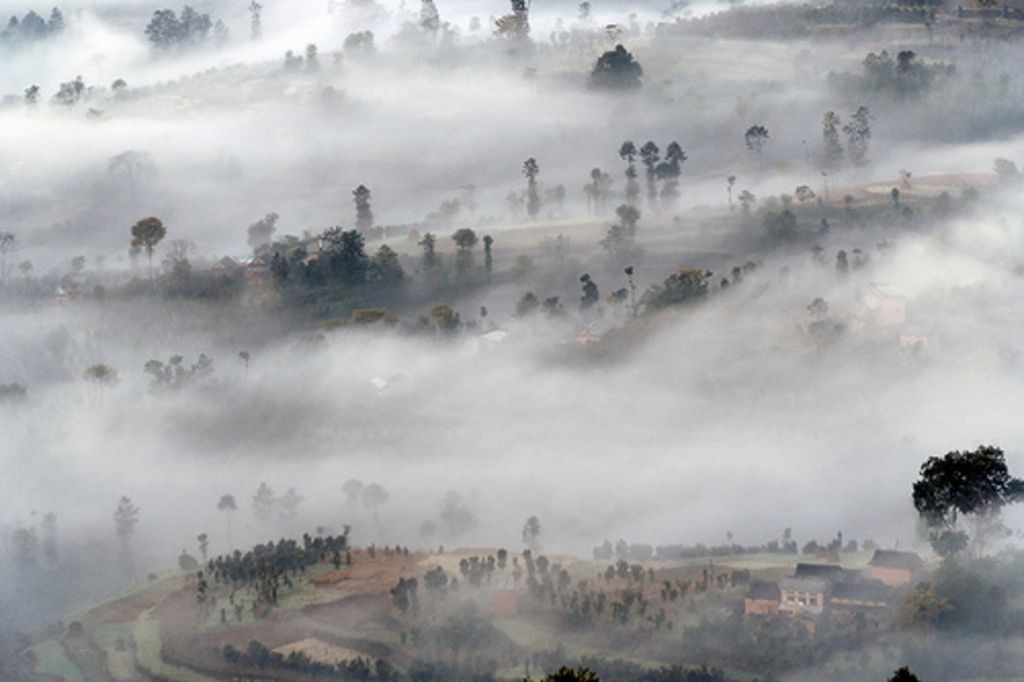
Next time we stop to create a photograph, or simply to look, we can try connecting with beauty in the way that Matthieu describes his experience.
Start with the outer beauty in front of your eyes. Breathe. Look for long enough until you feel connected to the inner beauty in what you see. Recall that this inner beauty is the essence of all living beings, including your own natural self. Notice the warm rays of love and kindness inside you.
Feeling a little happier already? Me too.
All the photographs in this article are by Matthieu Ricard. To see more, and to buy one of his stunning photobooks, go to this website. The royalties of his books are dedicated to various charitable projects in Asia, include clinics, schools and orphanages that he works with.
Noticing – Our Newsletter
Join our newsletter community for monthly inspiration to slow down and stay curious about everyday life and what matters most to you.


